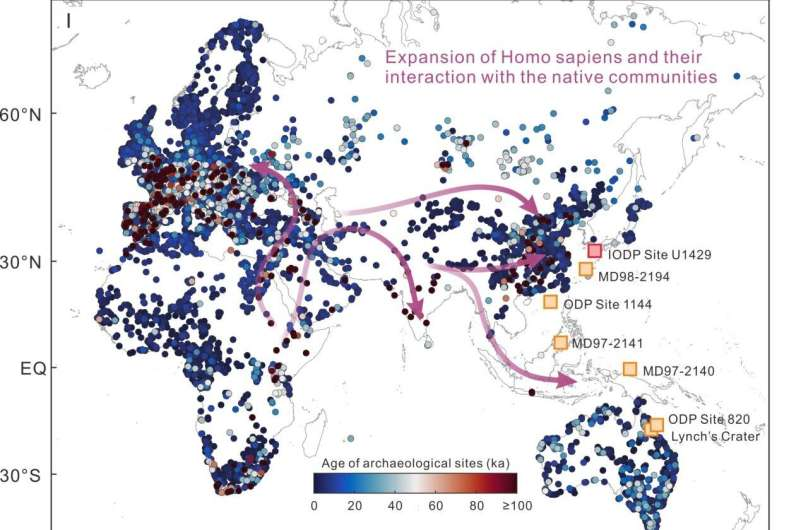The Impact of Natural Disasters on Ancient Societies
Throughout history, natural disasters have shaped the rise and fall of civilizations. Earthquakes, volcanic eruptions, and floods often left lasting marks on ancient societies, influencing migration patterns, economic stability, and cultural development. By examining key events such as the eruption of Thera (Santorini) and the destruction of Pompeii, we gain insight into how these catastrophes reshaped human history.
Thera: A Volcanic Catastrophe and the Minoan Civilization
One of the most devastating volcanic eruptions in ancient history occurred around 1600 BCE on the island of Thera (modern-day Santorini). The eruption was so massive that it generated tsunamis and spread volcanic ash across vast regions of the eastern Mediterranean.
Archaeologists and historians believe that the eruption significantly weakened the Minoan civilization, which thrived on the island of Crete. The tsunamis likely damaged coastal settlements, while the thick layers of ash disrupted agriculture and trade. This event may have contributed to the decline of Minoan dominance, eventually allowing the Mycenaeans to rise as the new power in the Aegean region. Some even speculate that the disaster inspired the legend of Atlantis, as described by Plato centuries later.
Pompeii and Herculaneum: Cities Frozen in Time
In 79 CE, Mount Vesuvius erupted, burying the Roman cities of Pompeii and Herculaneum under volcanic ash and pumice. Thousands perished as pyroclastic flows swept through the region, preserving buildings, streets, and even human remains in remarkable detail.
This tragic event provides a unique archaeological window into daily life in the Roman Empire. Excavations of Pompeii and Herculaneum have uncovered homes, frescoes, graffiti, and everyday objects, offering an unparalleled glimpse into Roman culture, commerce, and social structure. The disaster, while catastrophic, ironically ensured that these cities would remain among the most well-preserved historical sites in the world.
The Role of Earthquakes in Ancient Societies
Earthquakes frequently affected civilizations throughout history, altering urban landscapes and causing societal shifts. For example, the collapse of Mycenaean palaces around 1200 BCE has been linked to seismic activity, possibly exacerbating the Late Bronze Age collapse. Similarly, the great earthquake of 365 CE in the eastern Mediterranean devastated cities in Greece, Egypt, and Libya, influencing the geopolitical landscape of the Roman world.
Floods: Devastation and Agricultural Renewal
While often destructive, floods also played a dual role in shaping ancient civilizations. The annual flooding of the Nile was essential for Egyptian agriculture, replenishing the soil with rich silt. However, catastrophic floods, such as those recorded in Mesopotamian texts, could wipe out settlements and disrupt economies.
One of the most famous flood myths, the Epic of Gilgamesh, describes a deluge that closely resembles the biblical story of Noah’s Ark. Scholars suggest that such myths may have been inspired by real, devastating floods in Mesopotamia, highlighting their profound impact on cultural memory and religious beliefs.
Conclusion
Natural disasters were both destructive and transformative forces in ancient societies. While they led to immediate suffering and loss, they also influenced migration, technological innovation, and cultural narratives. By studying these events, we not only understand the resilience of past civilizations but also gain valuable lessons in disaster preparedness for the future.







